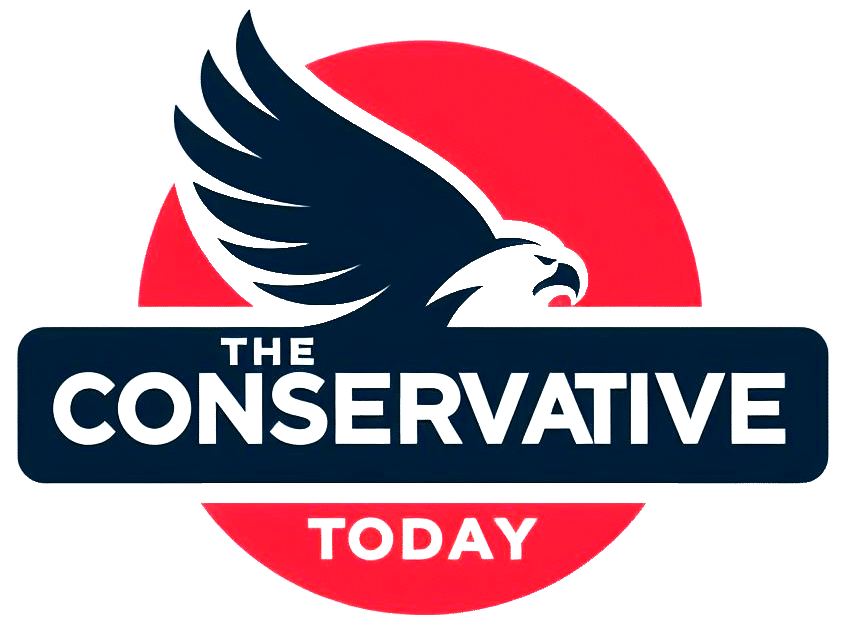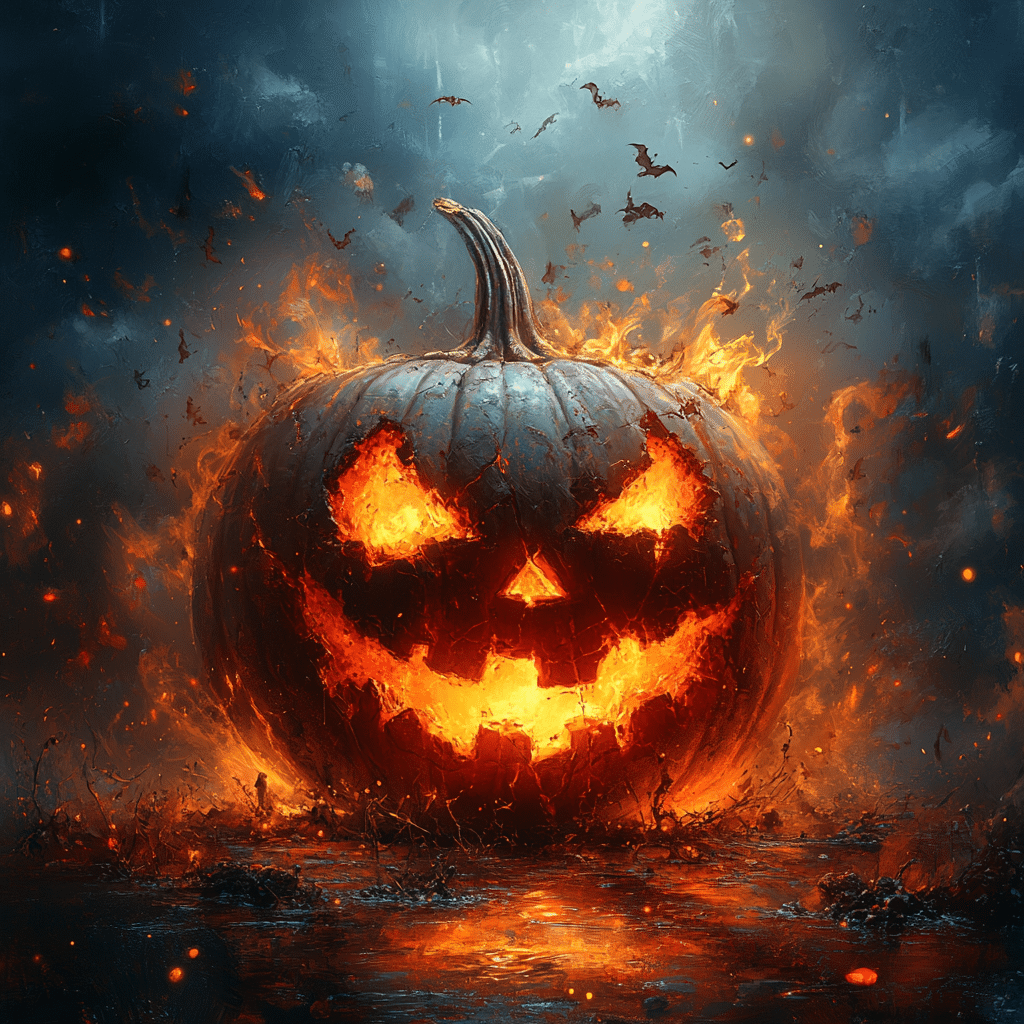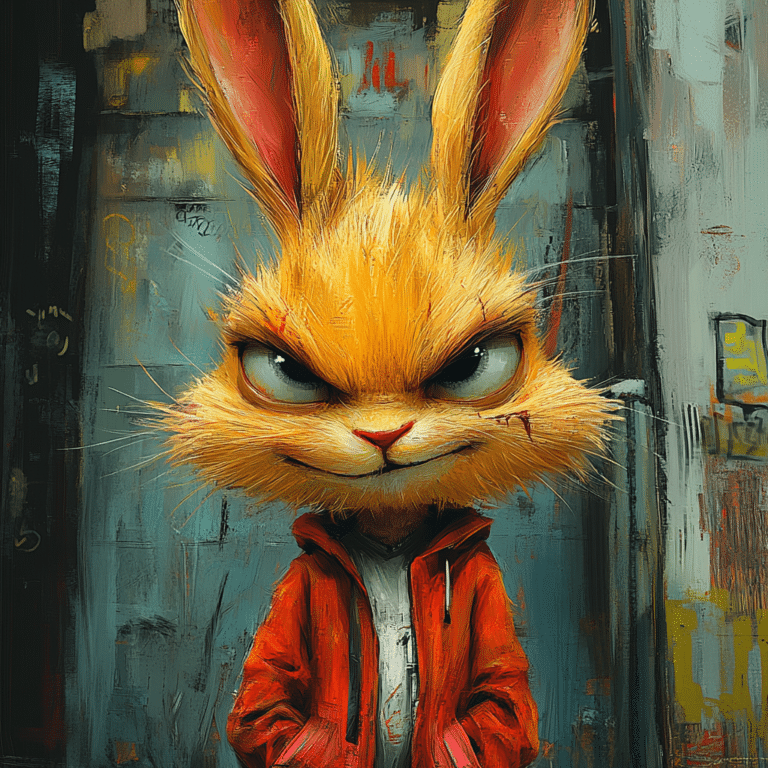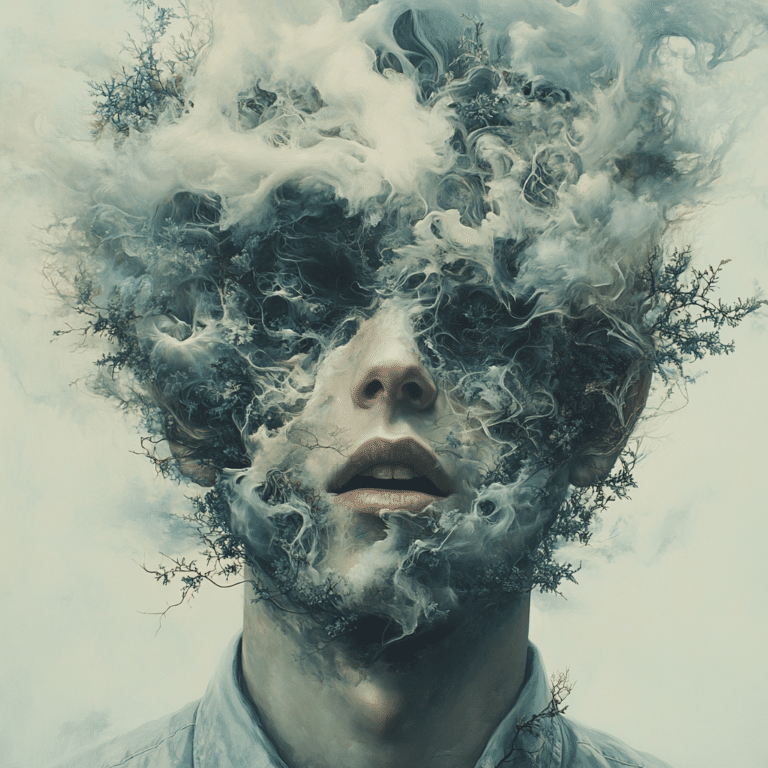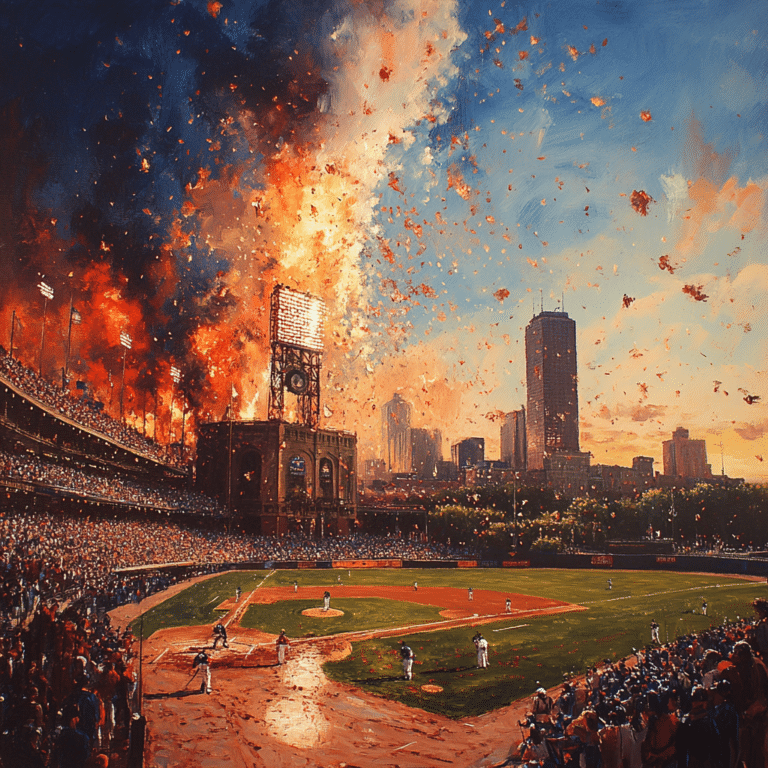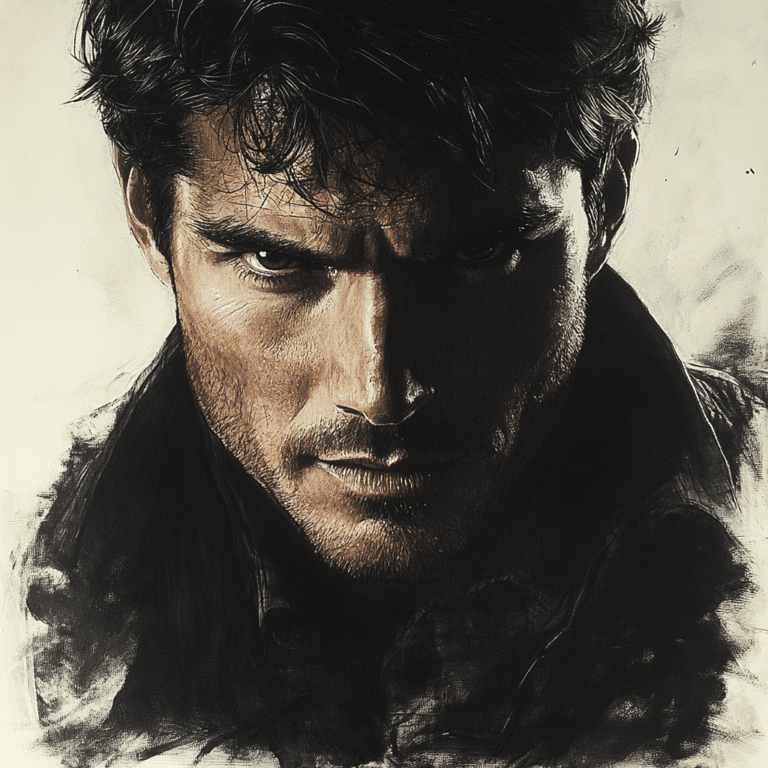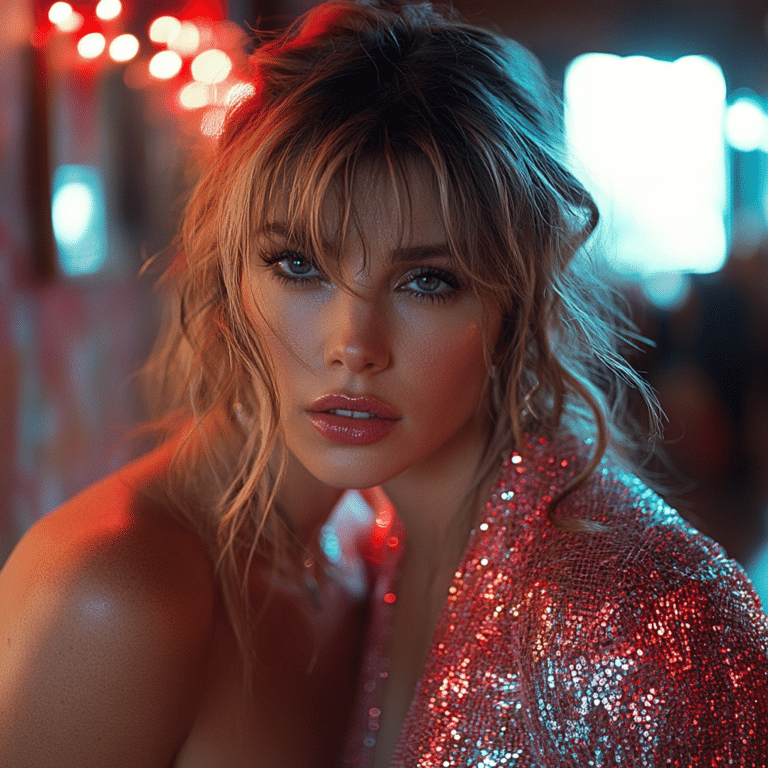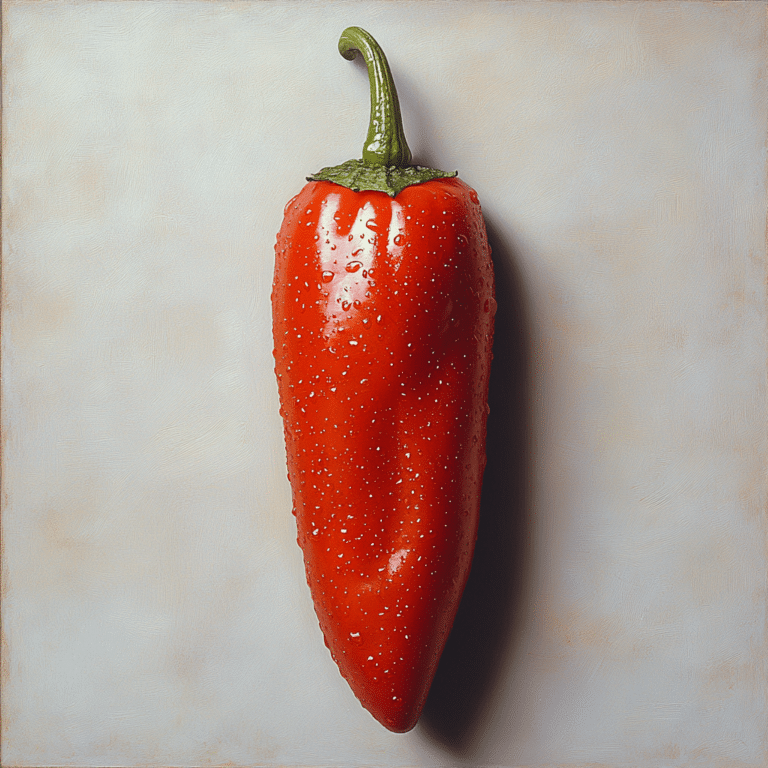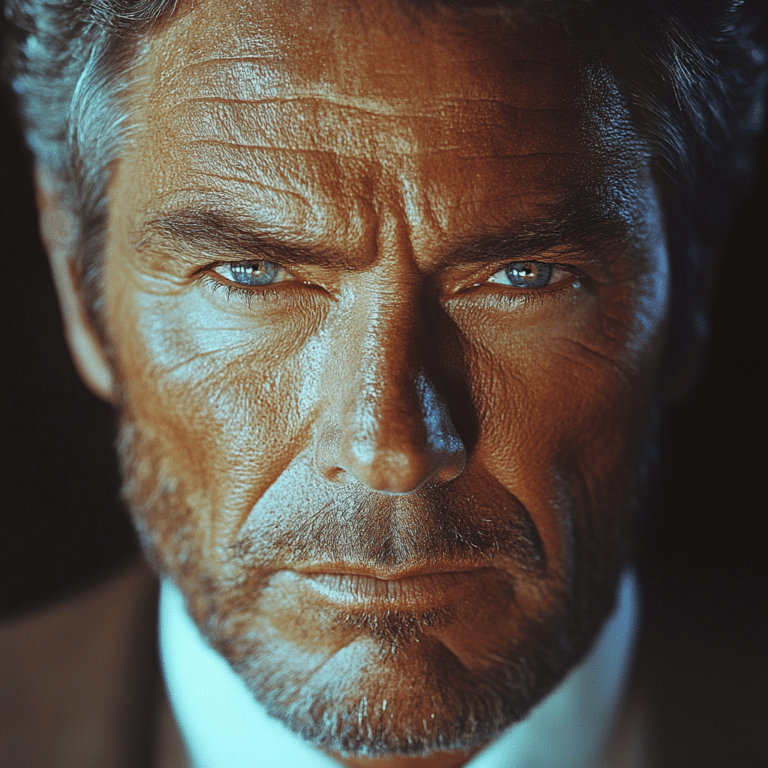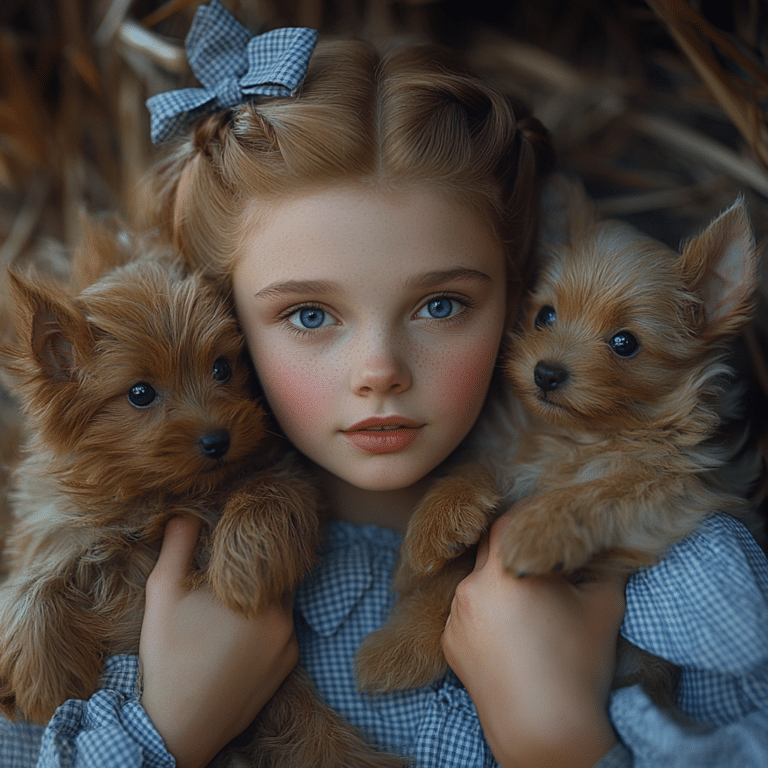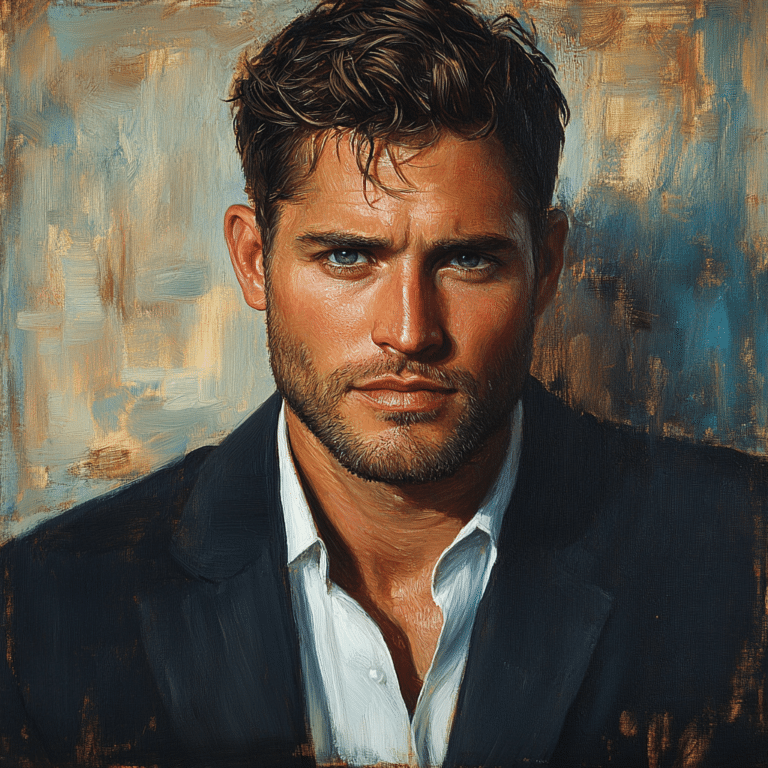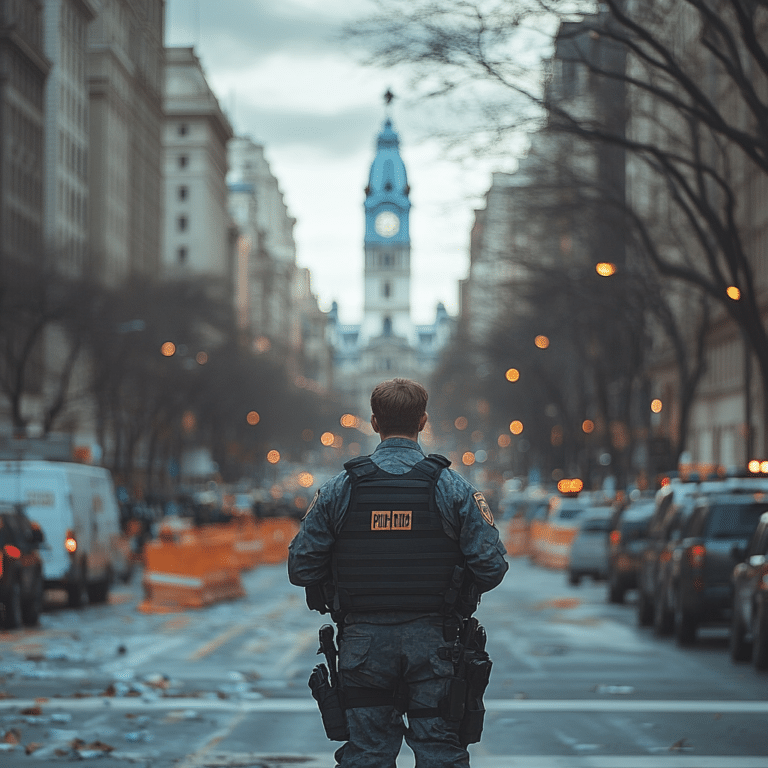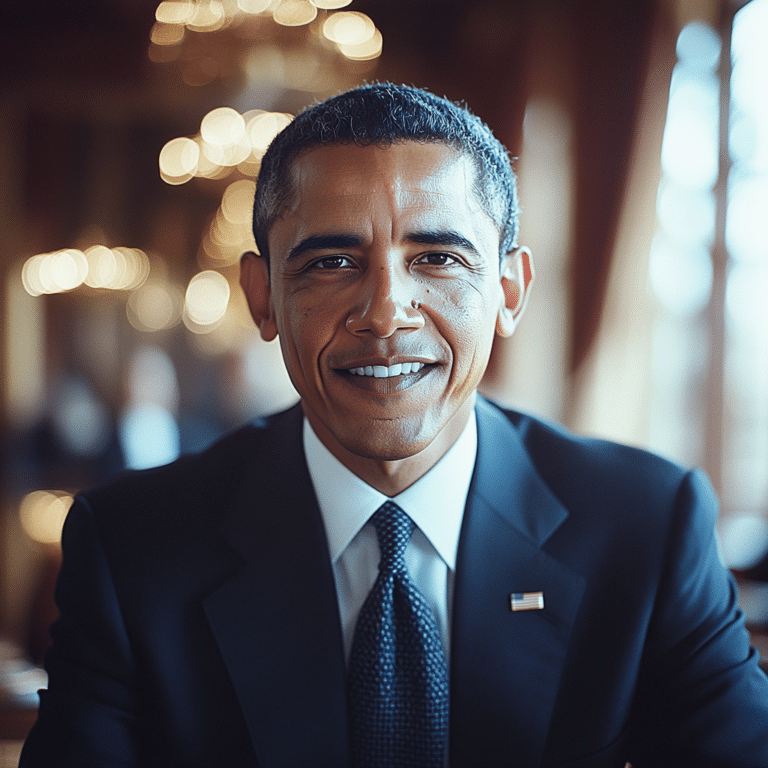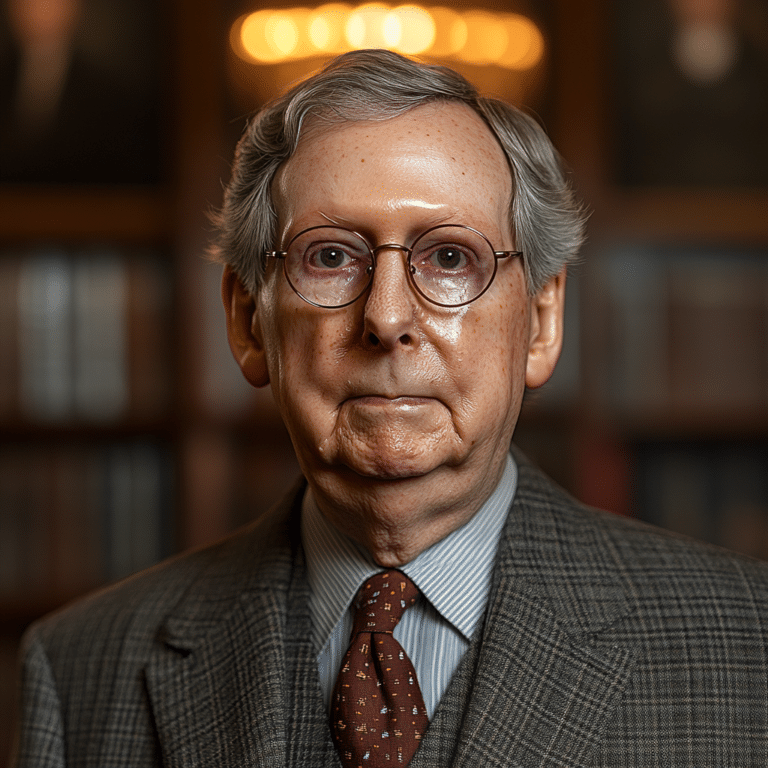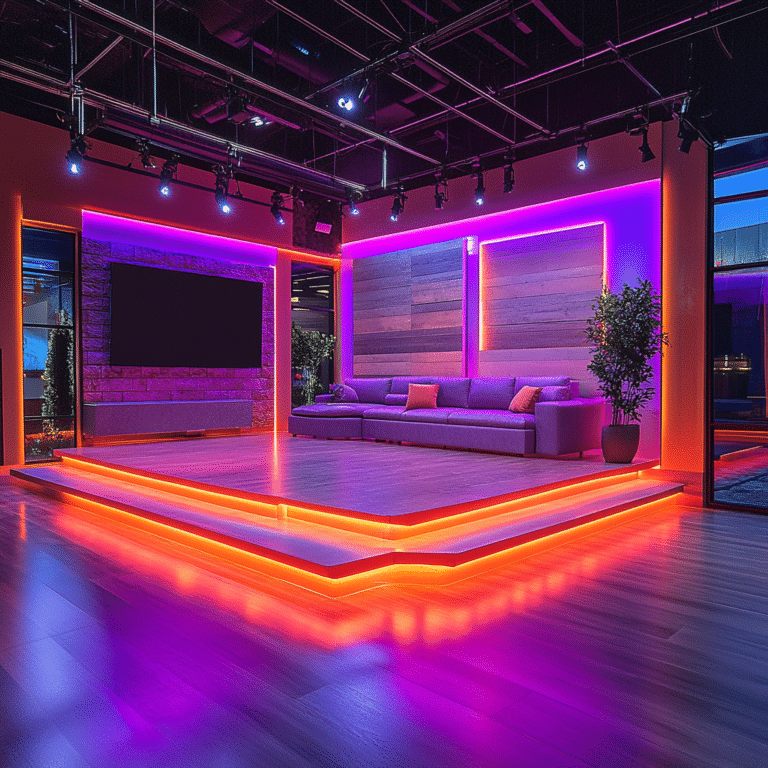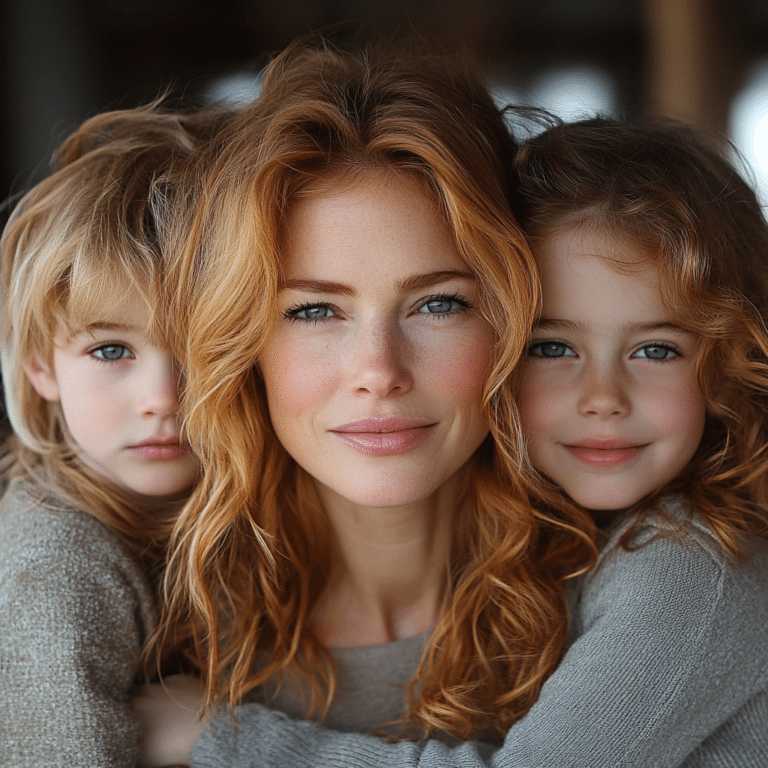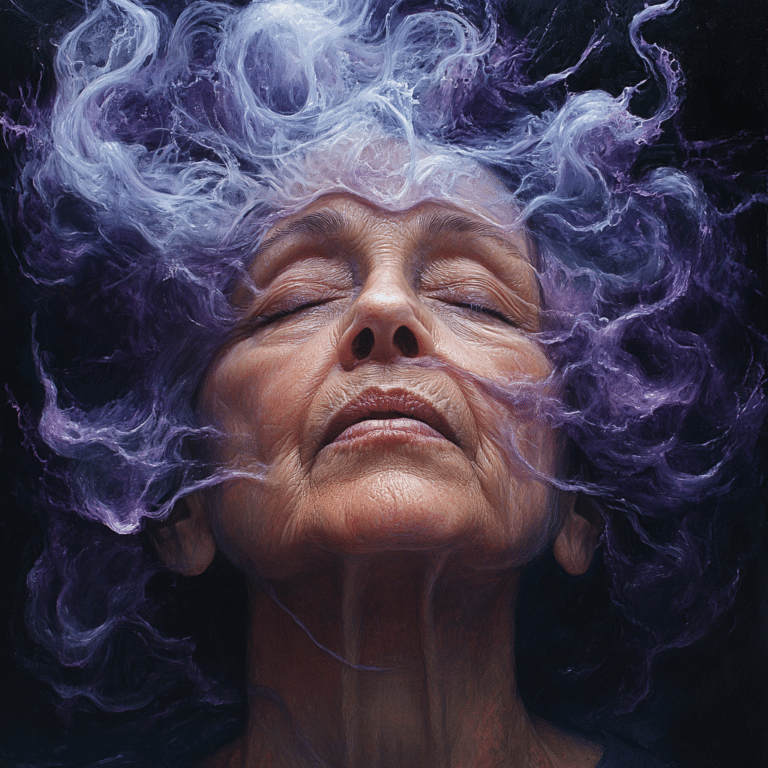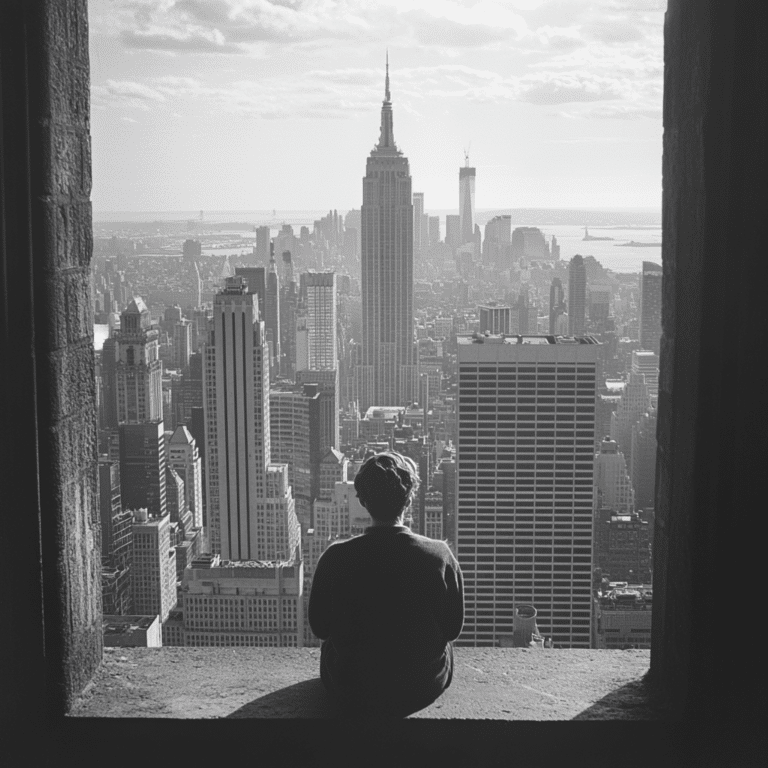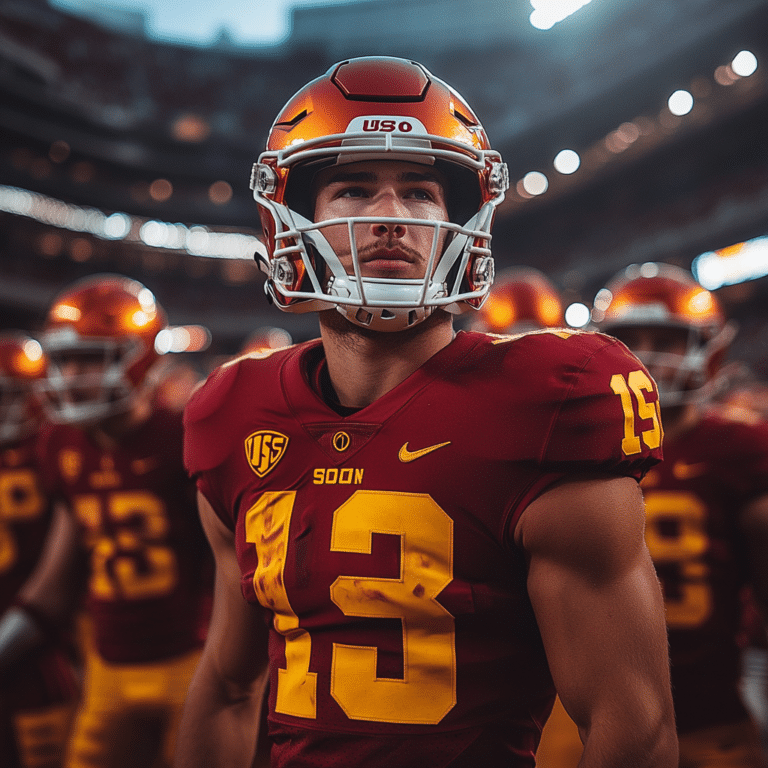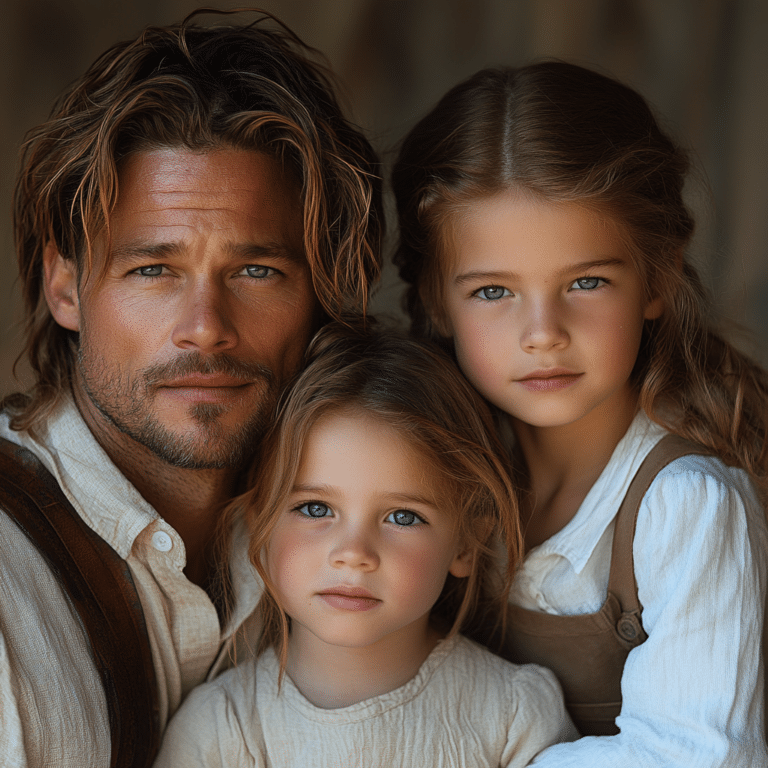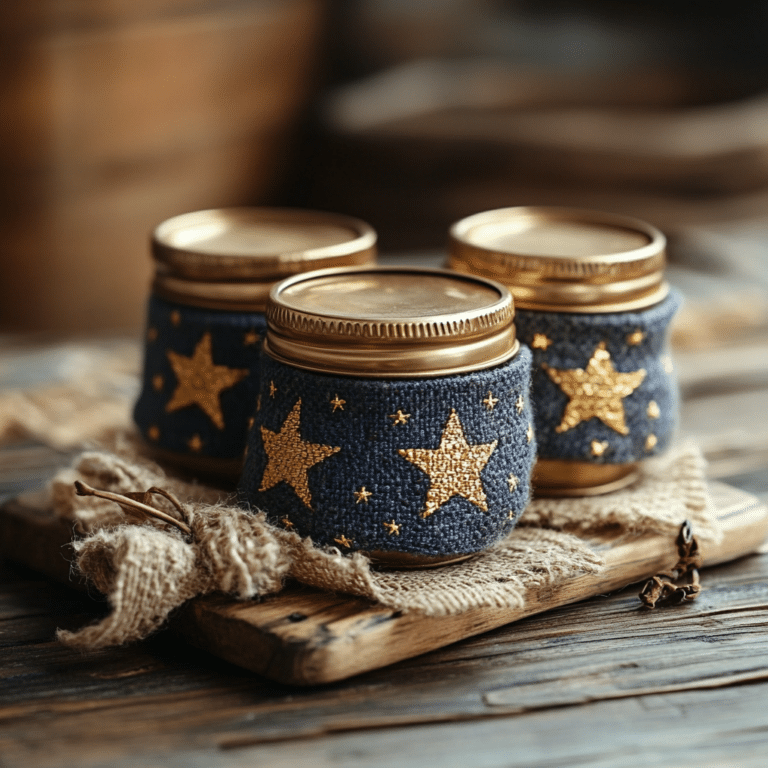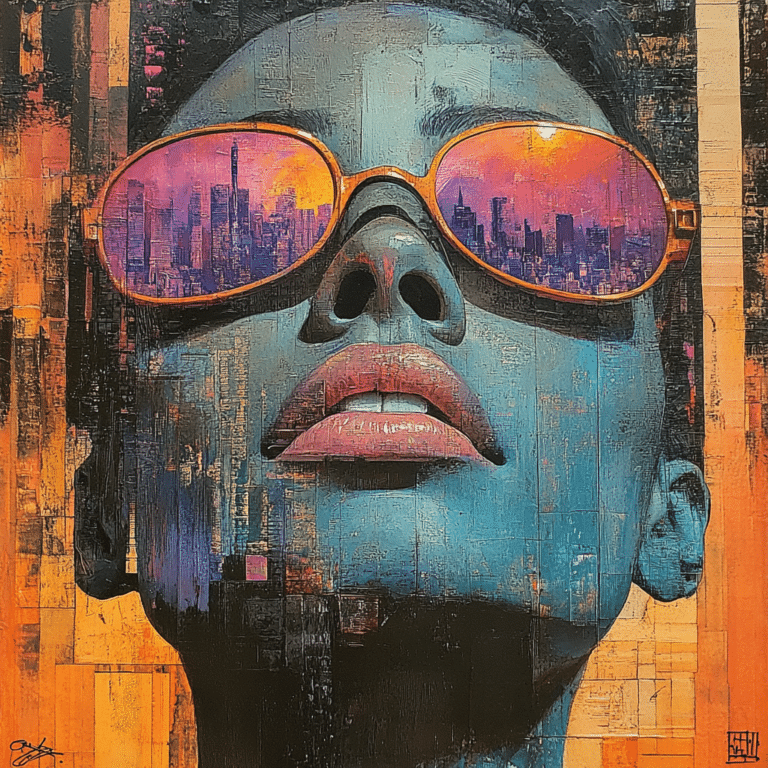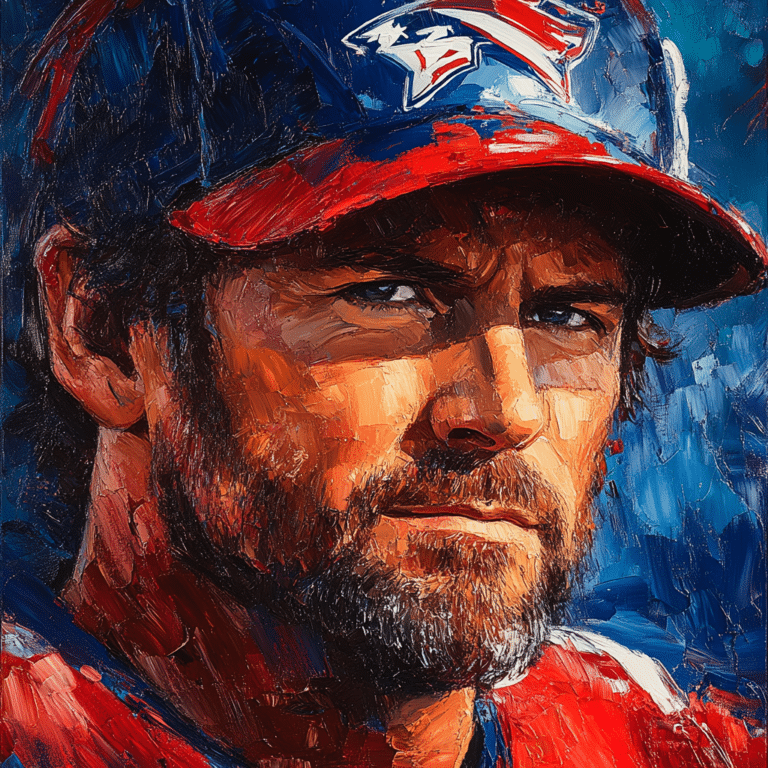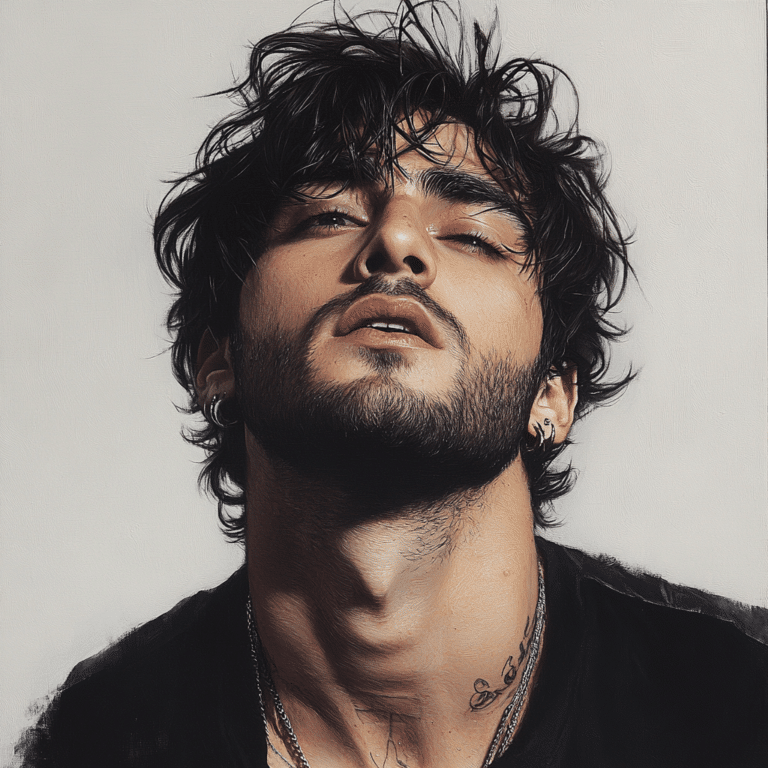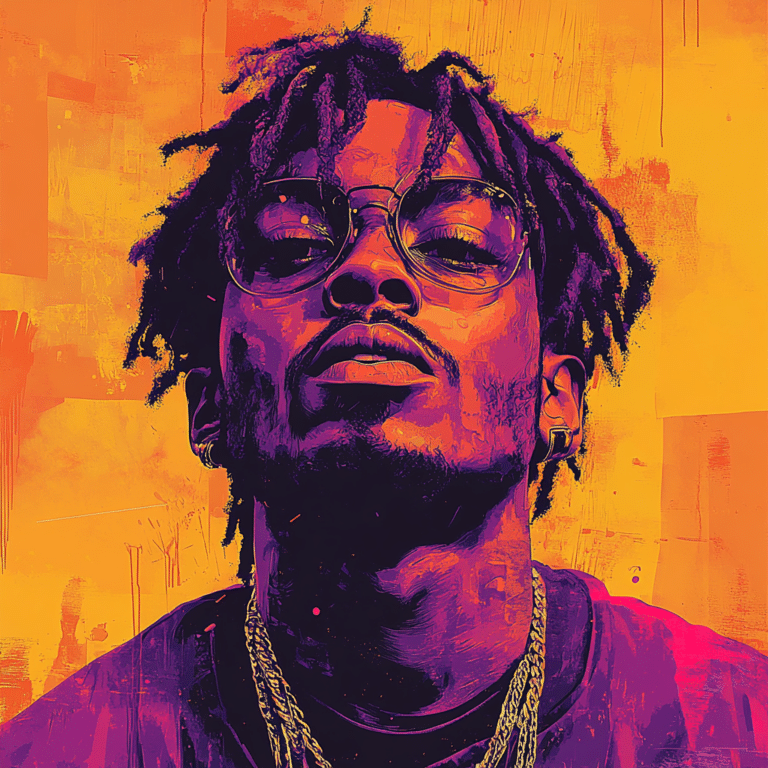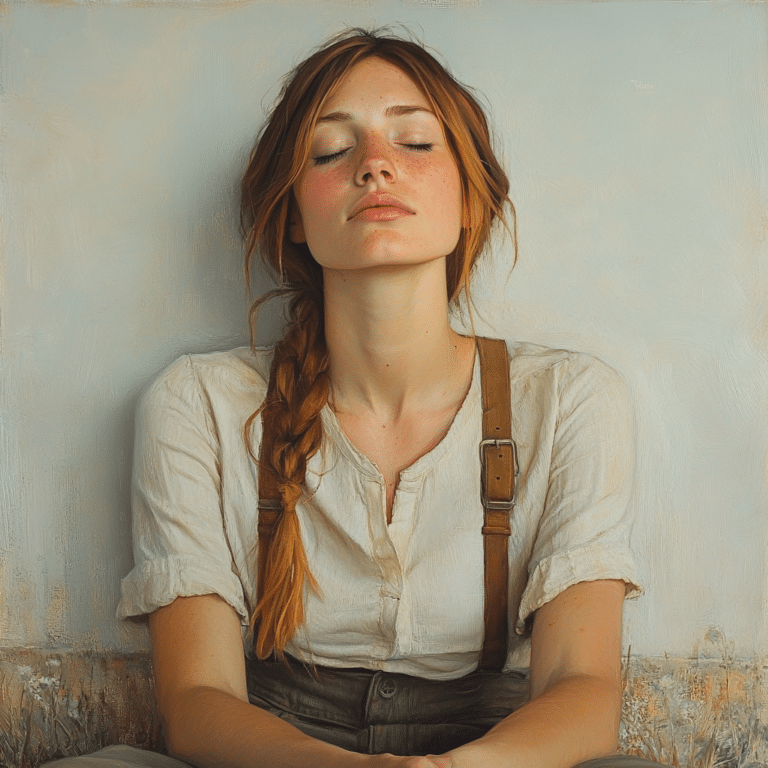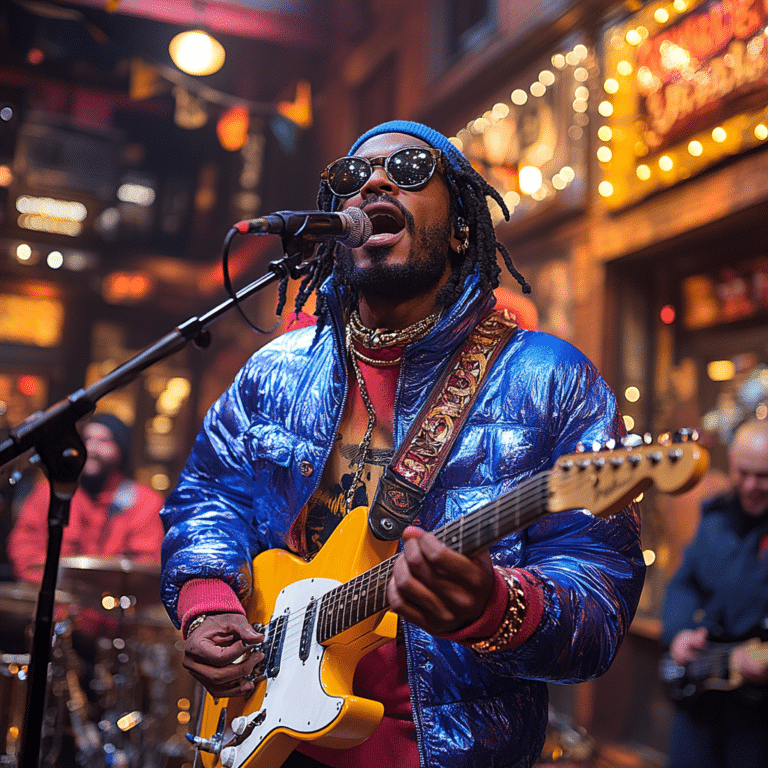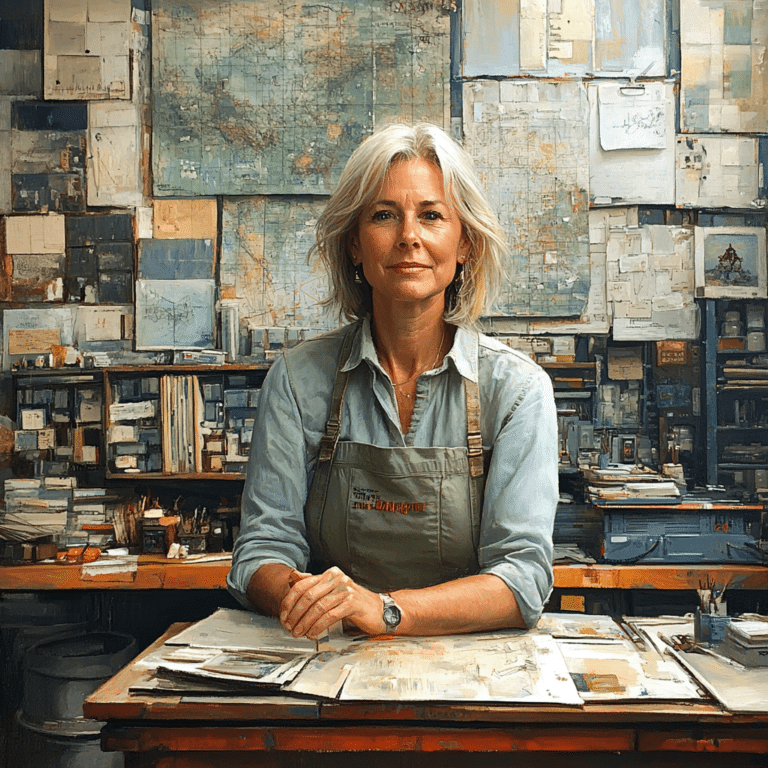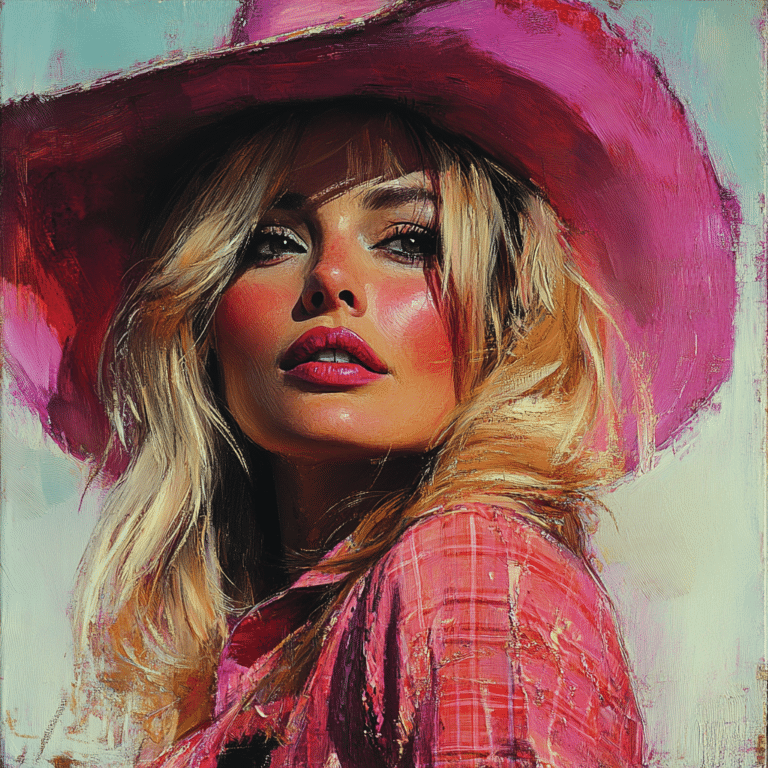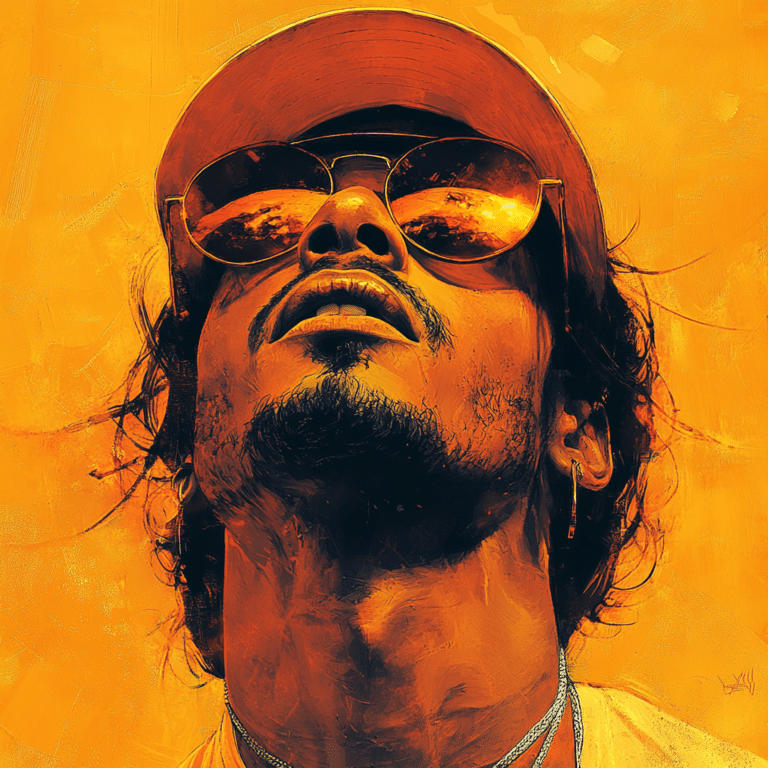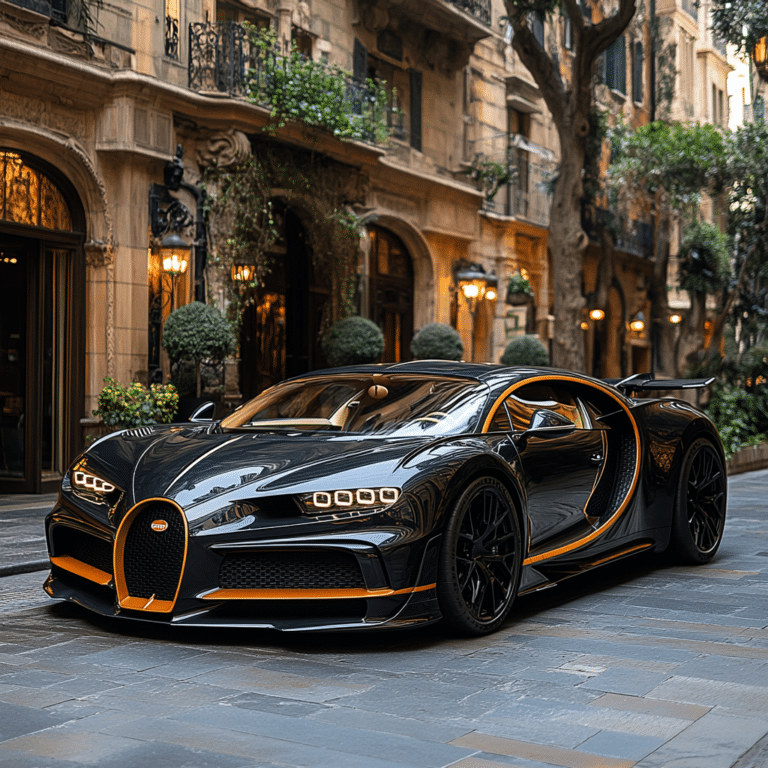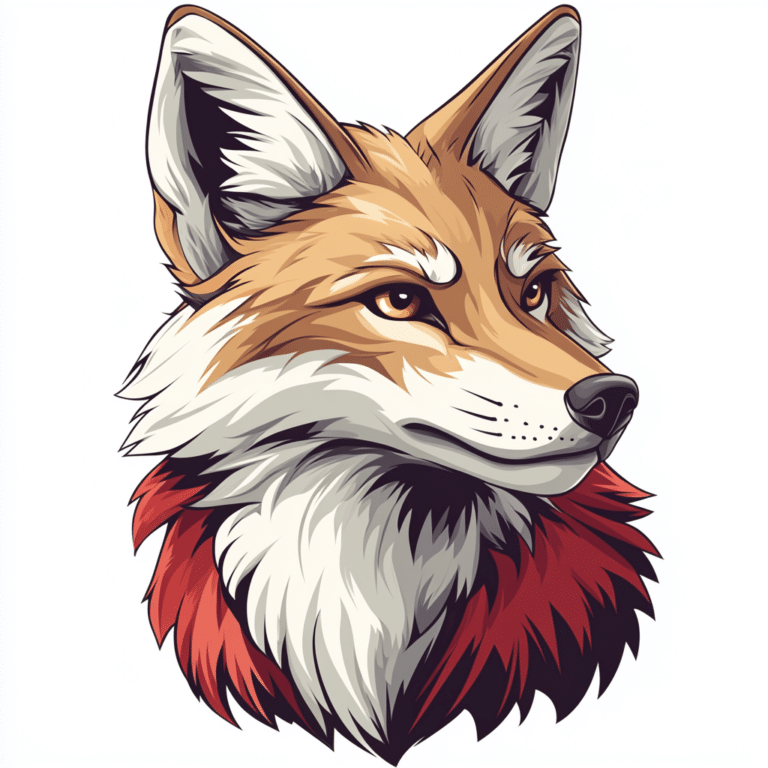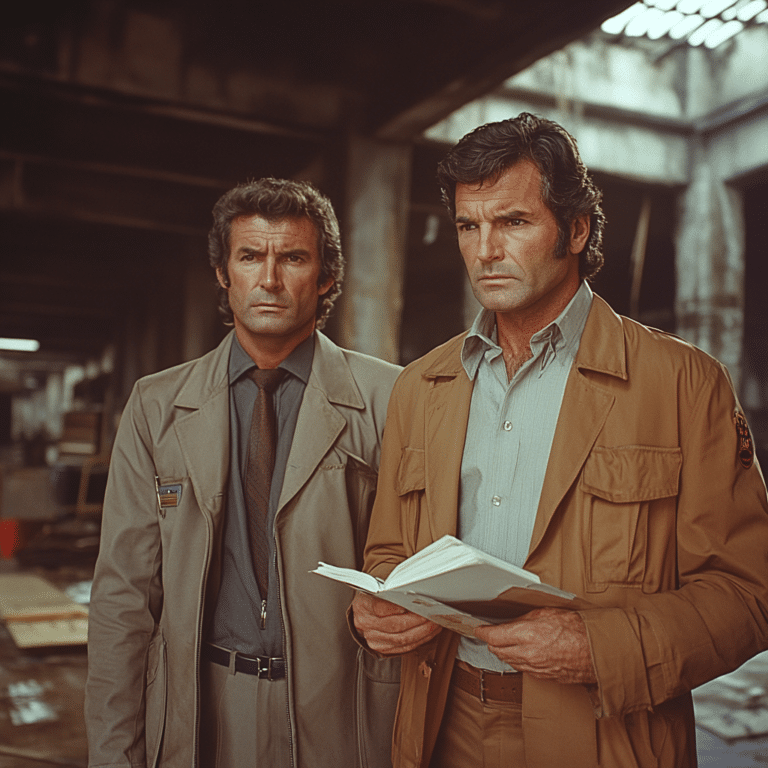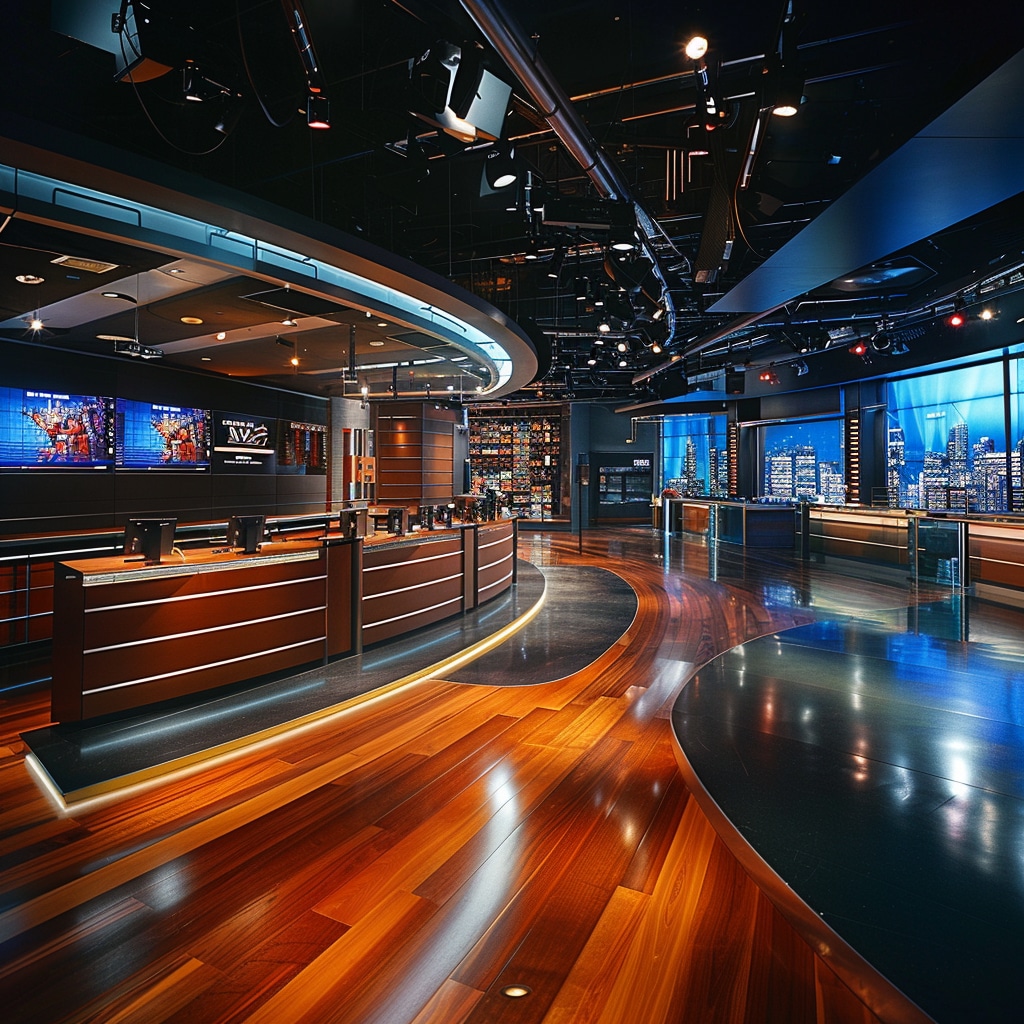Halloween isn’t just another day on the calendar; it’s a rich festival filled with history, traditions, and—let’s be honest—lots of sugary treats! As this beloved holiday approaches, it’s important to dive deep into its roots and understand why we celebrate in certain ways. Today, Halloween conjures images of costumes, trick-or-treating, and spooky decorations. However, many iconic Halloween traditions are steeped in history and have evolved over time, showing how this holiday continues to celebrate ancient practices while adapting to modern society’s demands.
Let’s explore seven iconic Halloween traditions that you might not know about, whether you’re an avid celebrator of all things ghoulish or just here for the candy.
1. Top 7 Iconic Halloween Traditions You Didn’t Know About
1. Samhain
The ancient Celtic festival of Samhain marked the end of the harvest season and the beginning of winter. For believers, this was a time when the veil between our world and the spirit world was thin, allowing spirits to stroll through. Communities lit bonfires and donned costumes to ward off unwanted ghosts. This ancient practice laid the groundwork for our modern costumes and bonfire celebrations.
2. Jack-o’-Lanterns
Who doesn’t love a good pumpkin carved into a scary face? The tradition of Jack-o’-Lanterns finds its roots in an Irish myth about a man named Stingy Jack. According to legend, he outsmarted the Devil and was cursed to wander the earth with only a carved turnip to illuminate his path. When this practice reached America, pumpkins became the new favorite, allowing for more significant, more intricate designs.
3. Bobbing for Apples
This classic Halloween game has its origins dating back to ancient Rome, during a festival dedicated to Pomona, the goddess of fruit. Over generations, it transformed into a fortune-telling game where the first person to bite an apple was said to be the next one to marry. It’s a fun game that combines excitement and a bit of superstition—a perfect fit for Halloween!
4. Mischief Night
You might know this night as “Cabbage Night,” where the prankster spirit comes alive! Before Halloween, children participated in mischievous acts, from harmless pranks to harmless fun aimed at celebrating the start of the spooky season. This tradition underscores that Halloween wasn’t solely about fright, but also about laughter and a bit of cheeky fun.
5. Halloween in Pop Culture
Halloween isn’t just a holiday; it’s a full-blown spectacle in pop culture! From McDonald’s Halloween Happy Meals sporting themed toys to stars like Pat McAfee embracing the festivities, Halloween has become high-visibility fun for communities. The way celebrities participate in Halloween festivities often sets trends for how the public engages in this celebratory time!
6. Decorating for Halloween
As we dig deeper into fall, decorating for Halloween has morphed from traditional skeletons and ghosts into intricate displays that captivate everyone. The Tuohy family made headlines with their over-the-top decorations; it’s safe to say they’ve become local legends, inspiring many to put on a show of their own! Who knew that Halloween decor could unify communities and spark creativity?
7. Haunted Attractions
Nothing screams Halloween more than haunted houses! Modern haunted attractions trace their roots back to historical storytelling and ancient fears. These attractions combine old folklore with dramatic storytelling, captivating audiences while honoring age-old traditions. It’s an experience that pays homage to our collective fears while offering thrill-seekers an opportunity to engage in shared scares.
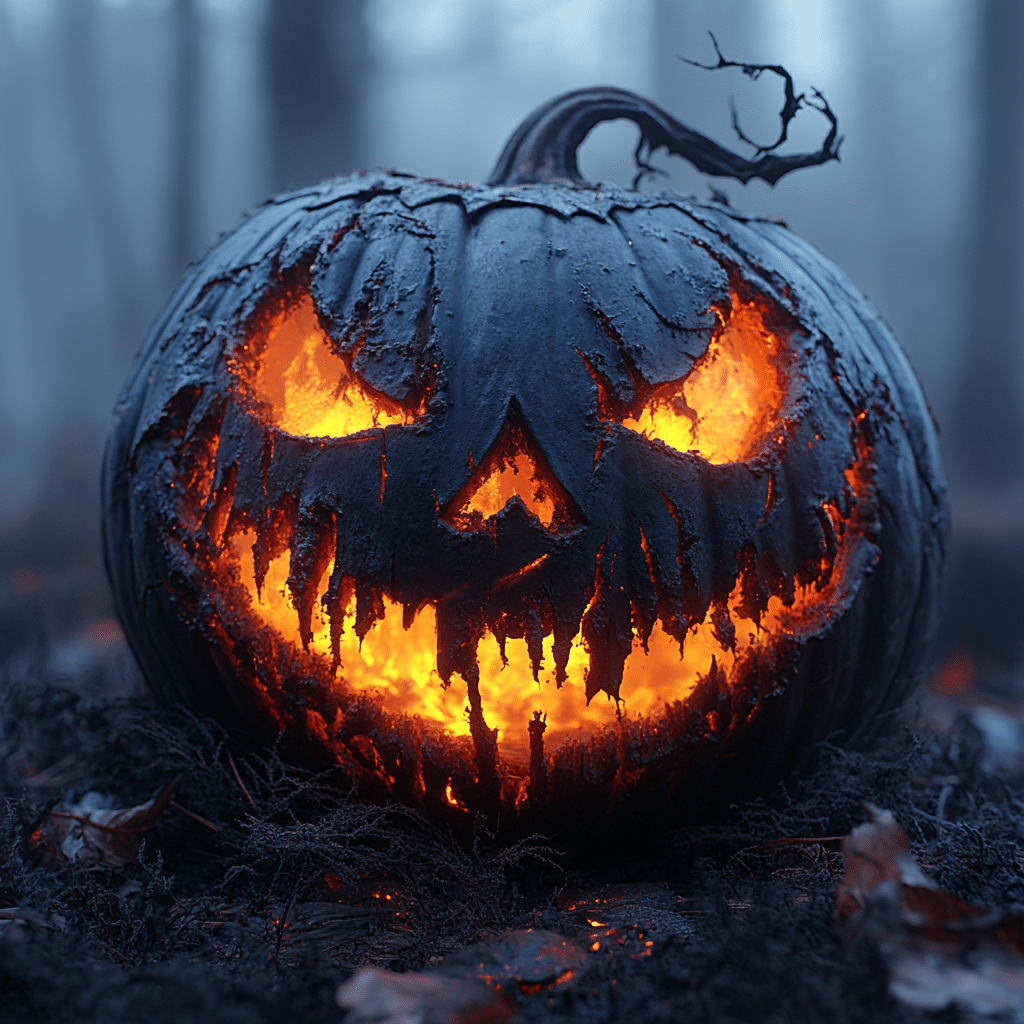
2. The Evolution of Halloween and Its Cultural Significance: From Christianization to Commercialization
Halloween’s journey from pagan ritual to contemporary celebration embodies the ever shifting tides of culture and values. Initially connected with pagan customs like Samhain, Halloween eventually absorbed many Christian influences, having roots in the observance of All Hallows’ Eve. Today, these calendar events remind us that Halloween serves as a distinctive bridge between the past and the modern world.
The transition from religious observance to commercialized fun showcases how American culture has adopted and adapted foreign practices, melding them into something uniquely ours. The face of Halloween has shifted dramatically, from solemn ceremonies to parties brimming with laughter and joy. It’s a time where recently designed candy flavors (we’re looking at you, pumpkin spice!) fuse with classic elements, reminding us of the ancient traditions that still echo today.
As Halloween gains momentum, engagement through social media has further fueled its evolution. Celebrities and partners, such as Macklemore and Senator Mullin, use platforms to share their Halloween-themed events, influencing followers and shaping how they celebrate. Ever seen McSteamy dress as a ghost? Yep, it’s happening! It’s a reminder to us all of how far we’ve come and the community we’re building—one pumpkin at a time!
3. Celebrity Influences on Halloween Celebrations: From Macklemore to Senator Mullin
Today, celebrities significantly shape how Halloween is celebrated through their social media presence. Take Macklemore as an example; his enthusiasm for vibrant costumes and themed parties acts as a beacon, encouraging fans to get creative with their own celebrations. Meanwhile, public figures like Senator Mullin have embraced community outreach—an integral way to connect with their audience while keeping the spirit of Halloween alive.
The impact of pop culture cannot be understated. Events like themed celebrity parties and Halloween specials on television prompt discussions on traditions, generating a blend of nostalgia and innovation. As people share their vibrant Halloween experiences online, it builds a bigger sense of community and celebration, breaking the segregation of “older” versus “younger” generations. It promotes togetherness— that’s what Halloween should be all about!
Moreover, with celebrities promoting inclusivity, Halloween is evolving into a holiday that welcomes everyone. Costumes that celebrate diversity, along with initiatives supporting the less fortunate, showcase a deeper understanding of cultural significance. Whether it’s sponsoring local trick-or-treat events or putting forth inclusive costume guidelines, the contributions of modern cultural icons enrich Halloween traditions!
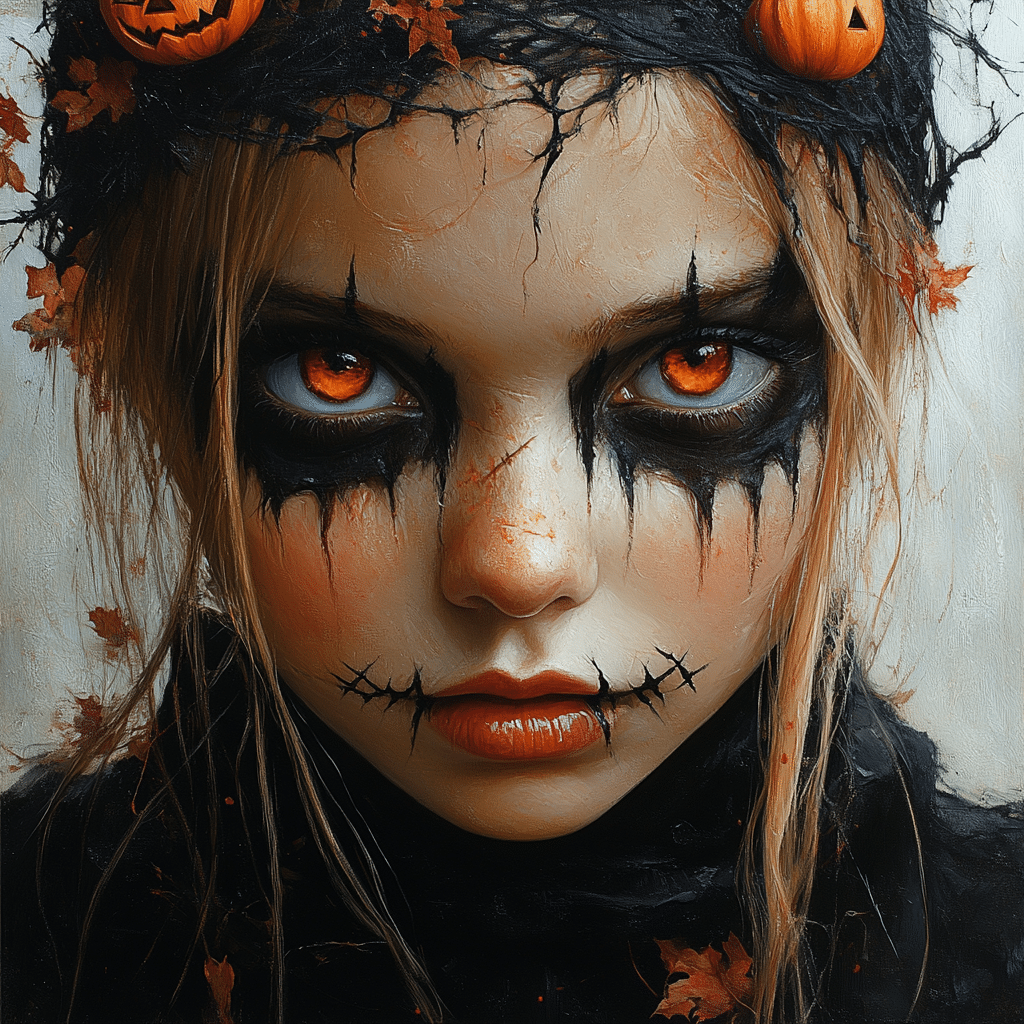
4. Spooky Treats: Unique Food and Drink Ideas for Halloween Festivities
No Halloween celebration is ever complete without mouth-watering snacks gracing the table! Picture this: ghost-shaped cookies, pumpkin-spiced everything, and tons of candy! The culinary world has nimbly embraced Halloween, making it an adventure for taste buds. Fast-food giants like McDonald’s even capitalize on the spirit of the season through limited-time offerings that cater especially to festive cravings.
Food traditions extend beyond sugary snacks; creativity reigns supreme! From elaborate Halloween-themed charcuterie boards to themed drinks spiced with pumpkin flavor, the culinary festivities age like fine wine. People can go all out with beautifully crafted snacks that not only satisfy the palate but also delight the eyes. The more creative, the better!
Moreover, Halloween fosters social gatherings among both kids and adults! Remember those parties where plates overflowed with themed treats? Adults aren’t left behind either! Hosting a spooky cocktail evening with creatively named drinks transforms Halloween from simply a kids’ holiday into a lively, multi-generational festival filled with laughter and camaraderie.
5. Modern Halloween: Trends Shaping the Future of This Timeless Celebration
Looking ahead, Halloween seems to be evolving on a path centered around sustainability and inclusivity. This year, decorations designed from repurposed materials or eco-friendly products have gained astonishing traction, driven by the growing awareness of our environmental footprint. It’s a refreshing turn of events, considering how traditionally this holiday incorporated more wasteful practices.
Furthermore, costumes that celebrate a variety of cultures and stories emphasize the importance of representation. People seek to honor rather than appropriate, opting for costumes that tell narratives or highlight heroes from various backgrounds. The spirit of Halloween lies in community, and what better way to celebrate than by understanding and uplifting diverse voices?
In a realm where digital interaction plays a growing role, Halloween’s traditions are likely to find fresh ways to interlink cultural practices with environmental consciousness. Gatherings and events will continue as ways to meet friends and family, building deeper connections through creative expressions of self. As brands and influencers take initiative to inspire new customs, they help ensure that Halloween remains a relevant—and ever-evolving—holiday for all.
Crafting Pixie Dust: Innovations in Halloween Celebrations
As we consider the future of Halloween, it’s essential to remember that the core of this spooky holiday is about community, creativity, and a little bit of fear. While new ideas emerge in how we celebrate—spanning anything from haunted attractions to themed celebrations—it all circles back to the ancient customs that brought us together even centuries ago.
The fabric of Halloween is interwoven with elements of fun, fright, and family—harnessing the innovation of modern trends while keeping authentic traditions alive. This multi-faceted holiday allows us to embrace our fears, come together through creativity, and share in both thrilling tales and comforting laughter. So, as Halloween approaches, let’s prepare to celebrate not just the spooky fun but the lineage of traditions that make the season special.
In conclusion, be it through reconnections to our ancient past or astounding modern trends, Halloween stands as a vivid reminder of how community is built through shared experiences. So whether you’re carving your very own Jack-o’-Lantern or spending time with family during the festivities, let’s revel in the joy, tradition, and creativity that Halloween brings to our lives. Happy Halloween to all—let’s make this one for the books!
Hallowen: Celebrating Spooky Fun and Ancient Traditions
Hallowen is filled with curious traditions and celebrations that go back centuries. Did you know that the origins of this festivity can be traced back to the Celtic festival of Samhain? As the Celts welcomed the end of the harvest season, they also believed that the dead would return to Earth, creating a thrilling, chilling atmosphere. This ancient custom has morphed over time into the pumpkin-carving and candy-gobbling we associate with modern Hallowen. Speaking of transformations, take a peek at the creative spin in the fashion world, like those cutting-edge rag And bone Sneakers that you might spot at trendy parties this Hallowen.
Dressed to Impress
Costumes are at the heart of Hallowen fun. While kids often choose ghouls, monsters, and superheroes, adults twist it up by dressing as their favorite movie stars or characters from pop culture. For instance, many folks may take cues from celebrities like Naga Chaitanya, whose roles often inspire some spooky choices. But don’t forget about those adrenaline-pumping horror flix that add to the excitement of the night—get ready to see plenty of those classic characters hitting the streets!
Trick or Treat, Health Warning!
Hallowen isn’t just about ghosts and goodies; it also raises questions about keeping festivities safe. For example, as you indulge in those sweet treats, it’s essential to be mindful of the less glamorous sides of more serious substances. Ever wonder Does Lsd show up on a drug test? Well, it’s just one of many topics that can tarnish the fun. And remember, Hallowen parties can sometimes lead to overindulgence—keep an eye out for symptoms, as opioid misuse like heroin overdose Symptoms can throw the merriment into chaos.
So, as you gear up for Hallowen this year, consider hitting a party where creative ideas come to life. There are unique vehicles like the Hoonicorn that provide inspiration for thrilling costumes and decorations. And for those keen on the weather as they plan their spooky escapades, keep tabs on the latest updates about Hurricane Norma And Tropical storm tammy—a( little caution goes a long way when you’re out enjoying the Hallowen festivities!
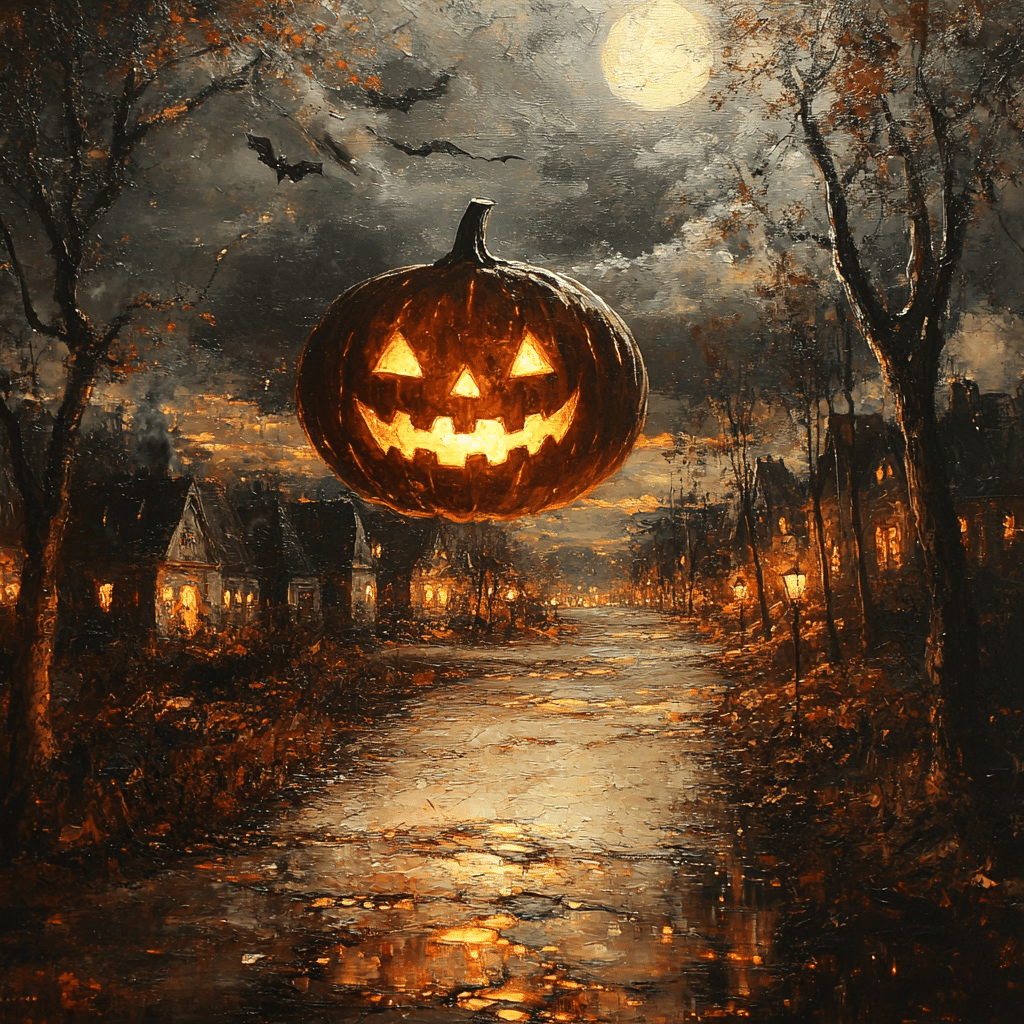
What is the meaning of Halloween 🎃?
Halloween marks the day before All Saints’ Day on November 1, kicking off the Allhallowtide season. Though it has religious roots, in many parts of Europe and North America, it’s mostly a fun, secular celebration.
What actually is Halloween and why do we celebrate it?
Originally, Halloween comes from the ancient Celtic festival of Samhain, which celebrated the end of harvest and the beginning of winter. People used to dress up and light bonfires, believing that the spirits of the dead roamed the earth on this night.
Why is Halloween on Oct 31?
October 31 is Halloween because it was originally deemed the eve of All Saints’ Day, which was moved to November 1 by Pope Gregory III in the eighth century. The name “Halloween” itself is short for “All Hallows’ Eve.”
What does Halloween mean in the Bible?
The term Halloween doesn’t have a direct meaning in the Bible, but it’s associated with the day before All Saints’ Day, which honors saints and those who’ve passed. There’s no specific biblical directive against the celebration of Halloween.
What does 🎃 mean in texting?
In texting, a pumpkin emoji 🎃 usually represents Halloween. It’s often used to convey spooky themes, fall vibes, or festive activities around that time of year.
Who invented Halloween?
Halloween wasn’t invented by any one person; it evolved over centuries from various ancient traditions, especially Celtic practices and more modern Halloween celebrations from European immigrants to America.
Why do we give out candy on Halloween?
Candy can be traced back to the tradition of “trick-or-treating,” where people would leave sweets out to appease wandering spirits or as offerings to promote goodwill, which eventually turned into the practice of giving out candy to children.
Is Halloween part of Christianity?
While Halloween has origins tied to Christianity, it’s largely celebrated as a secular event today. Some Christians participate in it while others may choose to avoid it due to its pagan roots.
Does Halloween have a dark meaning?
Though some view Halloween as having dark meanings related to death and spirits, many see it as a lighthearted occasion focused on fun, costumes, and community spirit.
What is the day after Halloween called?
The day after Halloween is known as All Saints’ Day, when Christians remember and honor saints and martyrs.
Why doesn’t Halloween count as a holiday?
Halloween might not be considered an official public holiday in many places, but it’s still widely celebrated as a cultural event with lots of festivities and social gatherings.
Why do we trick or treat?
Trick-or-treating stems from the custom of going door-to-door, where children would perform a trick (like a little song or poem) in exchange for treats, initially intended to avoid pranks on this spooky night.
Does the Bible say that Halloween is a sin?
The Bible doesn’t specifically mention Halloween as a sin, but some Christians debate its celebration based on potential associations with pagan customs or occult practices.
What does the Bible say about tattoos?
Regarding tattoos, the Bible has a line in Leviticus that many interpret as a prohibition against them, but perspectives vary widely among different Christian communities today.
What does the Bible say about celebrating the dead’s birthday?
The Bible doesn’t explicitly mention celebrating the dead’s birthday. Most Christian views generally focus on commemorating the deceased through remembrance and honor rather than a specific celebration.
What is the history of Halloween 🎃?
Halloween has a rich history rooted in ancient Celtic traditions like Samhain, evolving through Christian influence and eventually transforming into the festive, family-friendly celebration known today.
What do Halloween pumpkins represent?
Halloween pumpkins, or jack-o’-lanterns, symbolize warding off spirits and have roots in folklore where faces carved into pumpkins are said to keep evil at bay.
What does the Halloween symbol mean?
Halloween symbols, like witches, ghosts, and pumpkins, represent the blending of pagan traditions and modern celebrations, often leaning more towards the fun and spooky rather than any serious connotation.
What is the true spiritual meaning of Halloween?
The true spiritual meaning of Halloween can vary; for some, it’s about embracing the cycle of life and death, while for others, it’s simply a chance to celebrate community, creativity, and the joy of being a kid again.
